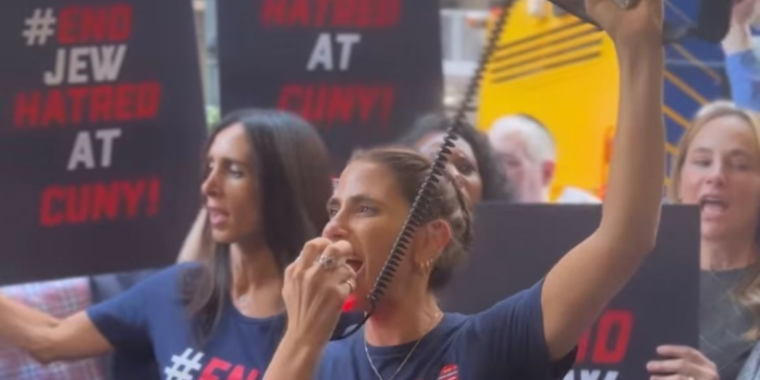
From the Desk of Senator Jack M. Martins
Jack M. Martins
May 9, 2012
Signs of Progress
Hold on to your hats. I’m going to do something I rarely do and for which I may not have another opportunity for a long time: compliment the MTA, and in particular thank the Long Island Railroad. Usually when I write about them, it’s to bring to light some egregiously wasteful practice or poor decision that further burdens taxpayers or riders. To be sure, there’s still plenty of that devil-may-care attitude there to fuel columns well into the next decade but by the same token, it’s only fair that I point out when the MTA makes progress.
I suspect that those commuters from Port Washington, Great Neck, and Manhasset, that rely upon the LIRR’s Port Washington line, have already donned their party hats and noisemakers, but in case you don’t know why, I have the honor of informing you that the Long Island Railroad is restoring weekday service on the Port Washington line to its pre-2010 conditions. Trains will now run every half-hour as opposed to every hour, a move which should be applauded.
Why the big deal? Because these cuts were bad on so many levels but let’s start at the beginning and look at commuters. The line services Port Washington, Great Neck, Manhasset, Little Neck, and Flushing while bypassing the knot in Jamaica on its way straight into the city. Its direct and speedy route is the envy of riders everywhere and homeowners in these communities pay a pretty penny to enjoy such convenience. Being one of the railroad’s busiest lines, the cuts had the immediate effect of fewer and more crowded trains. It was always tough getting a seat on these trains during rush hour, but now they were packed like sardines. As a result, the LIRR lost about 180,000 riders on this line alone.
The crowded conditions on trains were likely mirrored on roadways as those who chose to forgo public transportation took to their cars. In addition, local businesses around the train stations were impacted by the drop in foot traffic. Cuts like these also eventually bring down property values, as those neighborhoods become less desirable to the Manhattan commuters who covet convenience. Talk about a ripple effect.
The cuts also hurt the MTA itself. Being so busy meant the route was actually one of the more profitable ones, paying a greater portion of its operating costs than other lines. When the railroad estimated that 181,000 of the riders they lost last year were a direct result of the cuts, it also became apparent that their prosperity through contraction approach was turning out to be a money loser. Back in 2010, rather than seeking internal efficiencies, the MTA had chosen to simultaneously cut service and raise fares, while benefitting from a bailout in the form of the MTA Payroll Tax.
In 2010, the MTA addressed its crisis by not only raising revenue via the MTA Payroll Tax, but also ill-advised service cuts. Today, not only has the MTA Payroll Tax been rolled back, but thankfully, those very same cuts are being restored. Due to pressure from commuters, advocates, and elected officials over these past two years, leadership at the MTA has finally come around.
This week a commuter called my office to thank me for restoring the service. Although I love a positive call, I had to tell him I had nothing to do with it and that the MTA and railroad leadership had seen the signs and made the adjustment on their own. He disagreed, saying the State’s repeal of the MTA payroll sent the message that “business as usual is over” and emphasized that more would have to be done with less. I sure hope he’s right, because it’s a painful reality that most of us have already accepted. In the meantime, three cheers for MTA Chairman Joe Lhota and LIRR President Helena Williams for doing what’s right for commuters and taxpayers.
Share this Article or Press Release
Newsroom
Go to NewsroomEnd Jew-hatred rallies against systemic antisemitism at CUNY
September 15, 2023

A soulful ceremony on Sept. 11 in Oyster Bay
September 15, 2023
